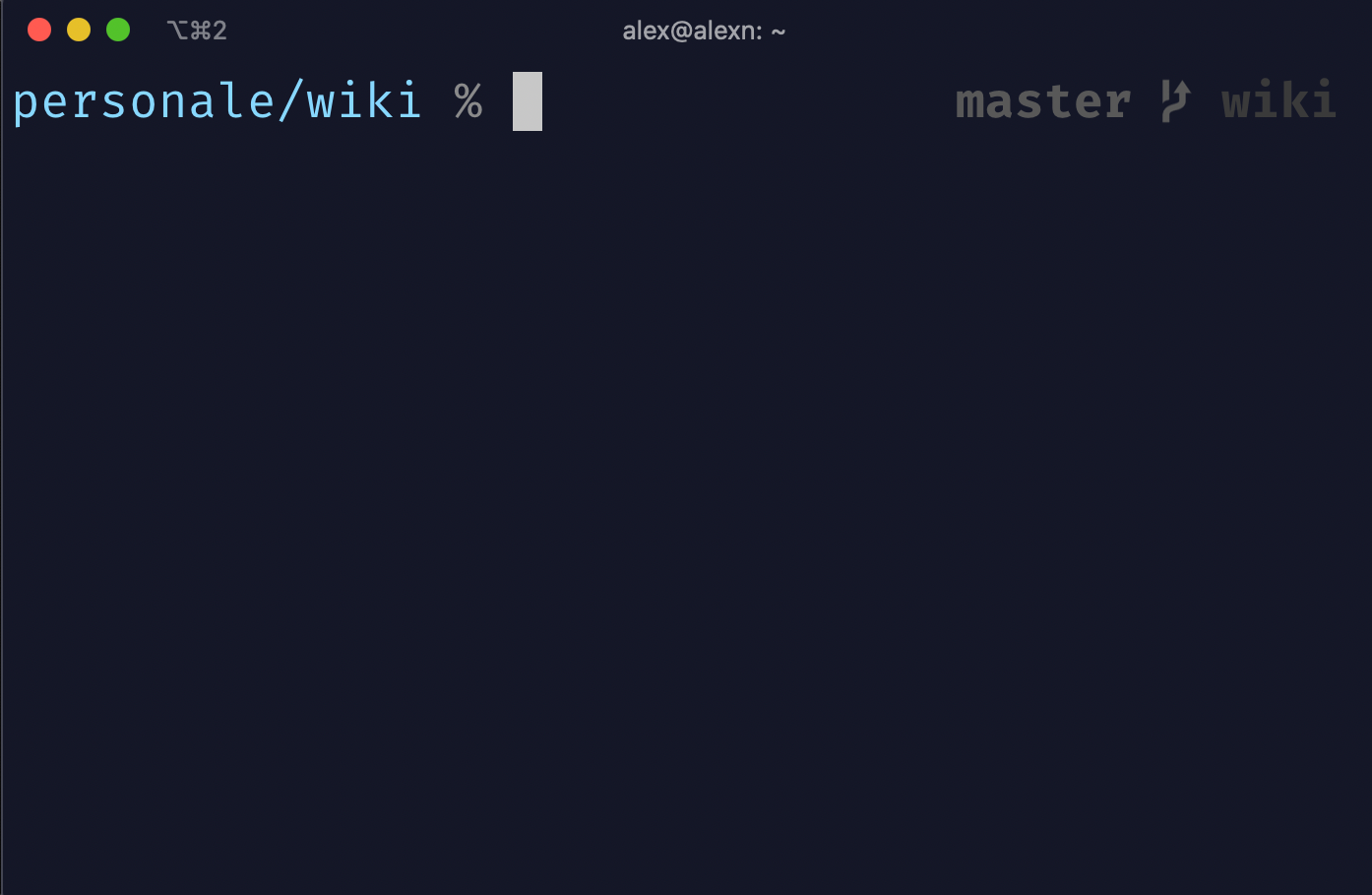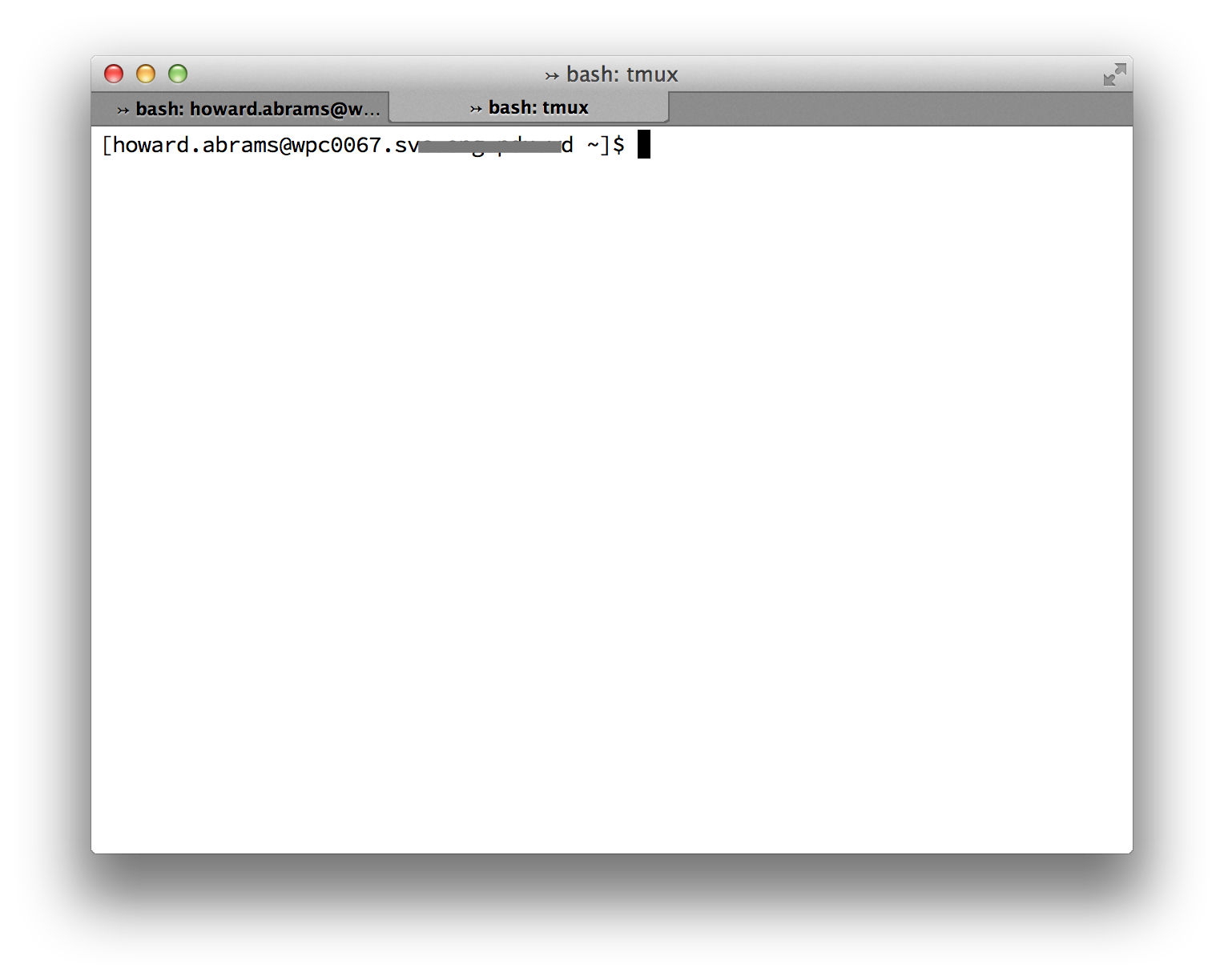

- #Iterm2 cheat sheet how to#
- #Iterm2 cheat sheet install#
- #Iterm2 cheat sheet plus#
- #Iterm2 cheat sheet windows#
You can hold shift with all of these movement actions to select while moving. Move the cursor to the start and end of the line (Ctrl + left/right for Mac), and Ctrl + up and down move the You can use Ctrl + arrows to move word by word (Alt + arrows for Mac).

If ~/.config/micro/bindings.json does not exist, you can simply create it. > help defaultkeys (a json formatted list of default keys is included For a more user-friendly list withĮxplanations of what the default hotkeys are and what they do, please see For a list of the default keybindings in the json format usedīy micro, please see the end of this file. Hotkeys are fully customizable to your liking.Ĭustom keybindings are stored internally in micro if changed with the > bindĬommand or can also be added in the file ~/.config/micro/bindings.json asĭiscussed below.
#Iterm2 cheat sheet windows#
We’ve left the images of the terminal windows here at the default size so you can see the information. In that case, the loss of one line for the status bar isn’t much of an issue. Of course, you’d normally expand your terminal window to make using a terminal multiplexer worthwhile.
#Iterm2 cheat sheet plus#
On the plus side, you won’t lose a line of terminal window real estate. (Unless you configure your own status bar.) You have to fly blind and rely on your wits to know what’s going on, which takes a bit of practice.

The screen command doesn’t give you a status bar by default. Each time you create a new window in a tmux session, its window number and the name of the program running in it are added to the status bar. The asterisk (*) means this is the window you’re looking at. If you run a program, its name will appear here. The only process running in this session is bash. 0:bash*: The 0 indicates this is the first window in this session.We cover how you can give meaningful names to sessions below. By default, they’re numbered, starting with zero. The left side shows the following session-related information: The right side of the status bar shows the hostname, and the time and date. The terminal window will show a status bar when you’re in a tmux session. To start tmux, just type it and hit Enter: tmux On Manjaro you can use pacman: sudo pacman -Sy tmux
#Iterm2 cheat sheet install#
To install tmux on Ubuntu, type the following: sudo apt-get install tmux While screen is generally installed by default on popular Linux distributions, tmux isn’t.
#Iterm2 cheat sheet how to#
RELATED: How to Use Linux's screen Command Installing tmux We’ll cover that when we get to it, and see if tmux fares any better. As we go along, we’ll mention how screen handles the same feature or function. This time, we’re going to concentrate on tmux. For the lowdown on everything you can do with it, check out our in-depth article. The screen command is also a terminal multiplexer, and it’s packed with options. When reconnected, you can reattach the background session and use it interactively again. You can detach a session on one computer, go home, and log in to the remote computer.


 0 kommentar(er)
0 kommentar(er)
